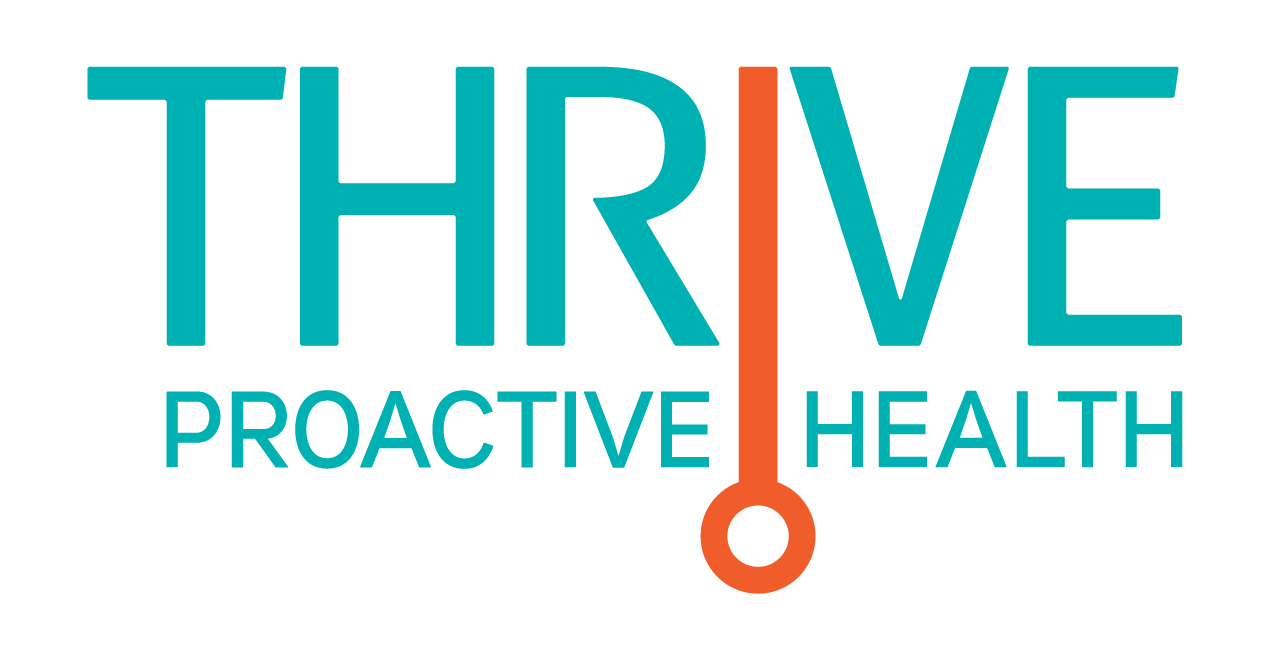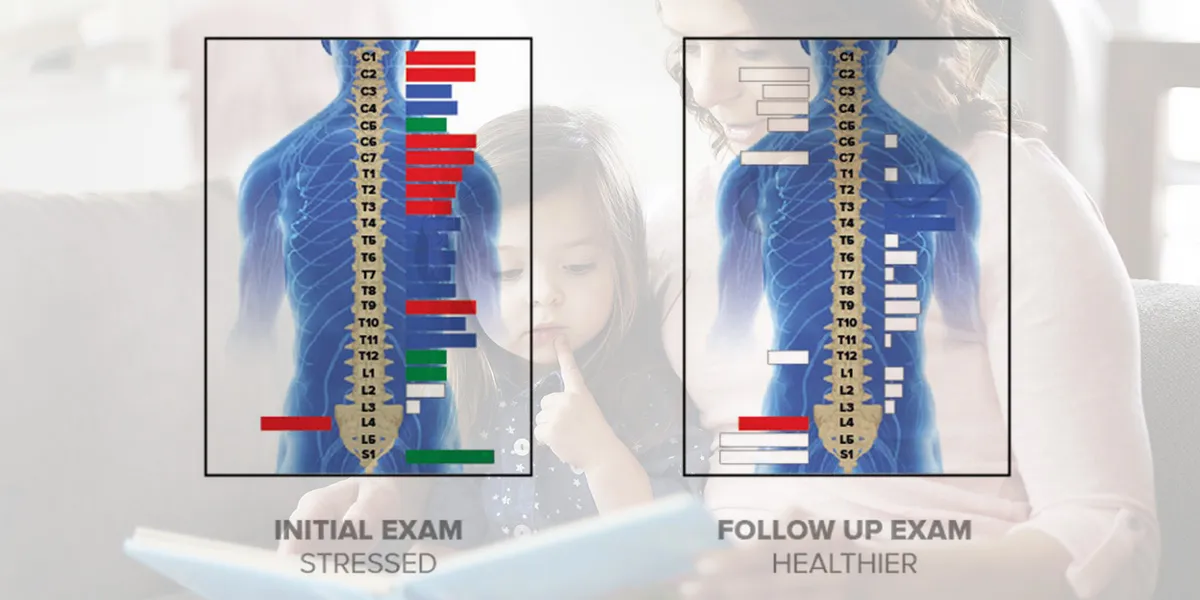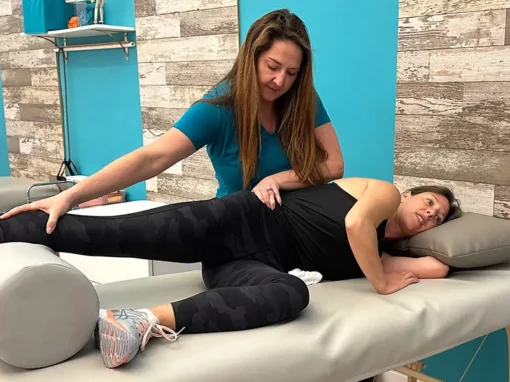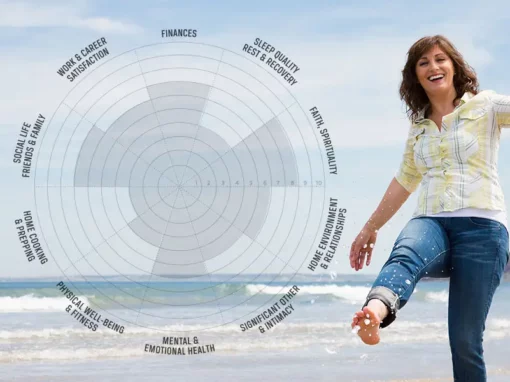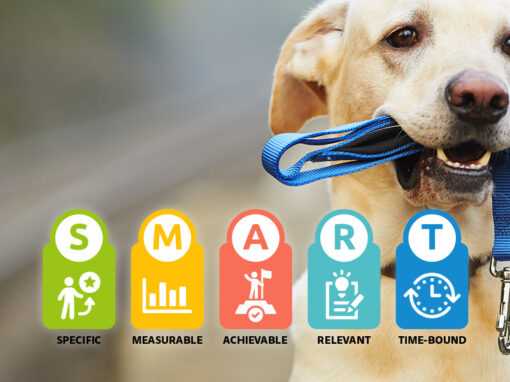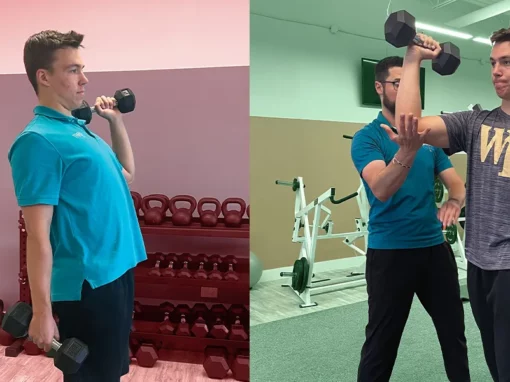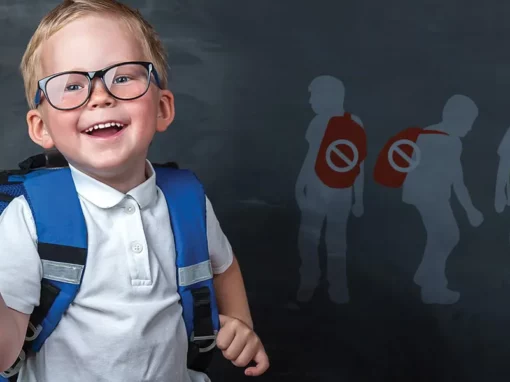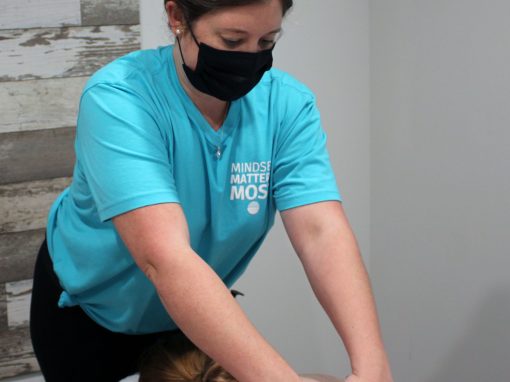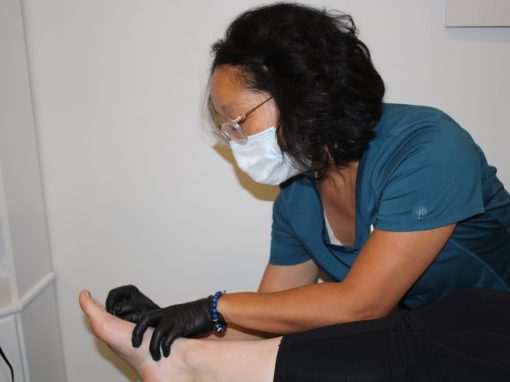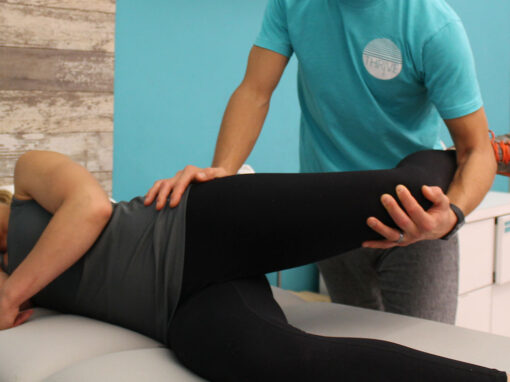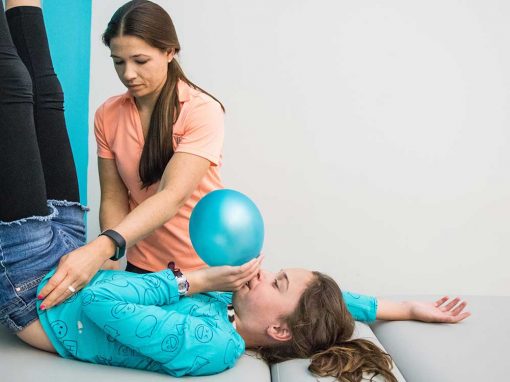There is a difference between traditional medicine and the way Thrive looks at things. Traditional medicine relies primarily on symptoms and looks for obvious pathology on standard exams such as blood work, MRIs, and EEGs. And generally, chiropractors most often rely on x-rays.
Here’s how Thrive is different — and perhaps, more informed — when it comes to chiropractic care. We use an incredible piece of technology called INSiGHT neuroTECH to accurately assess the health and function of your central nervous system.
Now when we get into things like technology and neurology, a lot of us can get overwhelmed, but that’s the true beauty and practicality of our INSiGHT Scanning Technology — it’s super simple and easy to understand.
What is the central nervous system?
Dr. Bruce Lipton puts it this way: “The function of the central nervous system is to perceive the environment, and coordinate the function of all other cells.”
Put simply, the central nervous system (we’ll call it the nervous system from here on out) determines whether you are healthy or not.
Our nervous system is made up of three divisions: Sensory, Autonomic and Motor. These divisions work together to coordinate EVERY internal body function with EVERY movement and with EVERY thought, emotion, behavior and cognitive function. It’s “Air Traffic Control” for the entire human experience!
When you see the word “autonomic” in this context, it simply means that everything runs on autopilot and happens automatically. You can best think of this in terms of the four things we know healthy babies are supposed to be able to do: eat, sleep, poop, and move.
It’s the autonomic nervous system that controls and coordinates all four of those key health-building functions, and we can measure how well (or not well) the nervous system is doing with our simple, safe and reliable INSiGHT Scans!
Basically the examination and assessment process of the three different health care approaches breaks down like this:
- Traditional Medicine 💊 = chases symptoms and looks for obvious pathology, not function
- Movement-Based Therapy (PT, OT, Speech) 🏃 = assesses muscular or “motor tone” function through various movement assessment, strength tests, etc.
- Chiropractic Care 🧠 = assesses and determines the function of the nervous system
If you or a family member have been experiencing health issues, you may have focused your time, energy, and resources into trying to get your gut health, immune system, and motor skills functioning the best they can. We bet you (and your care team) have probably overlooked the one common thread that ties them all together: the nervous system.
How does the nervous system work?
The nervous system is a two-way street:
- Sensory nerves send information and report back to the brain and brainstem exactly what’s going on inside the body (internal environment) and outside the body (external environment).
- Motor control nerves send signals out from the brain and spinal cord and tell the various parts of the body what to do, when to do it, how to do it, etc.
Because neurological communication within the autonomic nervous system has to do this vitally important job for 37.2 million cells in the human body, things need to happen fast and have absolute clear lines of communication. We were designed to operate at well past 5G long before it was invented, and we certainly can’t have ourselves or our kids operating at dial-up speeds.
When it comes to children, their brains (nervous systems) double in size during their first year of life, and continues growing and developing at that rapid pace through year seven. That means making sure their little nervous systems are working at full function is extremely important.
This is where the INSiGHT Scan comes in… Knowing exactly how your child’s brain and nervous system are functioning and communicating is far more valuable than knowing where they sit on the height and weight chart in your pediatrician’s office. And knowing this about yourself as an adult can be invaluable in your health and wellness journey.
How do I know if my, or my child’s, nervous system is suffering?
When your body is experiencing subluxation (misalignment of the vertebrae) or dysautonomia (disorder of the autonomous nervous system), your nervous system can be suffering from one of these major issues:
- Stuck stress, tension, spasm, etc.
- Lack of balance (more on this later) and coordination
- Disorganization and dysfunction
Some of the signs and symptoms of your child’s nervous system being stressed out, tense, and stuck on sympathetic fight-or-flight mode may include:
- Colic and frequent crying in an infant
- Excessive tantrums and meltdowns in a toddler or preschool-aged child
- Motor and speech delays
- Sensory processing and emotional regulation challenges
- ADHD and anxiety type challenges later on in school-aged children and teens
In adults, symptoms may include:
- joint pain
- pinched nerves
- sciatica, back pain
- neck pain
- decreased or inefficient mobility
- headaches
Sadly, most pediatricians dismiss most neurodevelopmental and sensory challenges as “normal” and still tell parents today things like, “Don’t worry, they’ll grow out of it.” Well, what we now know is that for most kids, those symptoms and conditions are obvious signs of trouble brewing in the nervous system.
Now that we have a good understanding of the importance of a healthy nervous system, let’s dive into the INSiGHT Scans and what they can tell us.
INSiGHT Scan #1: Heart Rate Variability (HRV)
These scans are incredibly helpful at getting a broader picture of your neurological health, telling us whether your autonomic nervous system is healthy, balanced and fully charged… Or stressed out, imbalanced and worn out.
The key word here is “variability” because that is truly the number one marker of good neurological health: the ability to be adaptable and resilient. Adaptability is the key to good health, whether we are talking about gut and immune health, or behavioral, emotional, and cognitive health.
Every person is going to encounter bacteria, viruses, physical injuries, environmental toxins, and emotional challenges on an almost daily basis. So what we really know about good health is that it’s not determined by avoiding or trying to hide from these things, but being able to adapt and overcome them.
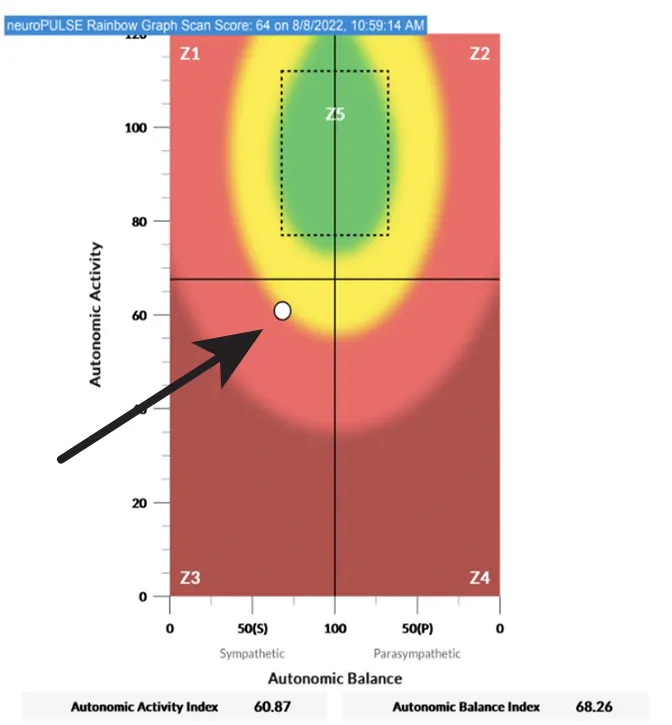
The vast majority of HRV scans in our office, for kids and adults alike, look like this example. In a healthy scan, the white dot would be in the green box.
In the example scan, the white dot is in the lower left, indicating two very common findings that are the result of subluxation and dysautonomia:
Shifted left = this person is stuck predominantly in sympathetic fight-or-flight mode, and/or has an exhausted parasympathetic nervous system and vagal tone issues
Shifted low = this person has lower “reserve capacity” and adaptability, or put simply, low energy
There’s more data gleaned from the HRV scan, but we’re keeping it simple here. The important point is, armed with this knowledge, a more informed care plan can be devised, and measurable baselines can be set in order to gauge change.
INSiGHT Scan #2: Neurothermal
The main thing the Neurothermal Scans help us find are the regional effects of subluxation and dysautonomia. We can run this scan on everyone from a one-day-old infant to an adult in a matter of minutes.
Since the core functions of the autonomic nervous system are to coordinate and regulate the function of the digestive system, immune system, hormones, and so forth, this scan helps us really understand what’s going on in our patients who are struggling with things such as colic, reflux, constipation, chronic ear infections, allergies, adrenal dysfunction, and sleep disorders.
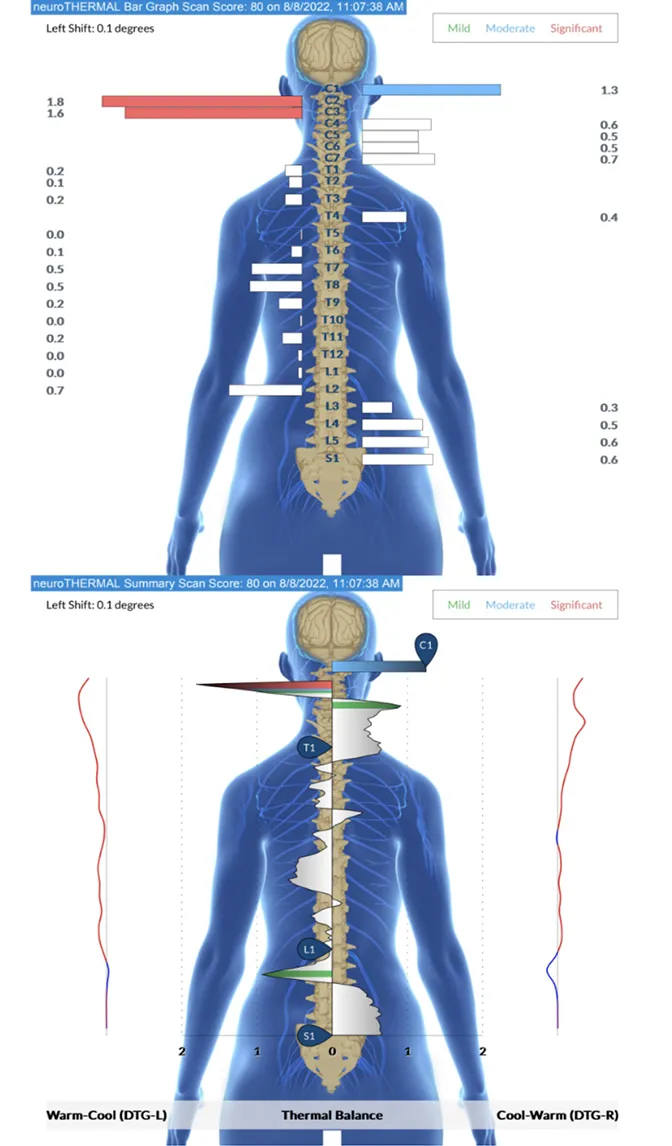
This is a Neurothermal Scan of a child struggling with virtually all of those conditions of the neuro-gastric-immune complex, as well as anxiety.
The three things we don’t like to see in these scans are:
- Green, blue, and red bars on the top half of the NCM graph: This indicates there are stuck, tension, and sympathetic dominance components of subluxation
- There is “back-and-forth” or “tug-of-war” type tracking, as well as tracking on the bottom summary graph: This indicates dysautonomia and tension throughout the neurospinal system
- The DTG bars along the sides of the summary graph (bottom half) are inside the black lines and blue: This indicates the subluxation and condition is becoming more chronic
INSiGHT Scan #3: Neurospinal EMG
This particular scan is absolutely vital, as it serves as the most important form of testing we can do when conditions such as Autism, Asperger’s, Sensory Integration Disorders, ADHD, and Anxiety are being investigated.
That’s because each of these neurodevelopmental and neurosensory challenges are rooted in stuck tension, altered tone, and exhaustion of the neuromotor system. Most every parent of a spectrum or sensory child is familiar with the word “tone,” having worked with amazing professionals that include Pediatric PTs, OTs, and Speech Therapists.
Neurological and tone challenges are a big deal, as motor function and development determines brain function and development. That means, if the EMG scan detects patterns of stuck tension and imbalance, the brain is almost certainly stuck in sympathetic (fight or flight) tone and also struggling with an imbalance among its core functions of regulating emotions, behavior, learning and memory.
The most exciting thing about Pediatric Chiropractic is that we can see changes in a child’s EMG Scans quickly, because their nervous system is still learning to grow and adapt at such a fast pace. Their brains and bodies are growing and developing at such a rapid rate, it’s really quite incredible. But that also means that when subluxation gets into the neuromuscular system (as shown on EMG), it can really wreak havoc and alter their development for years to come.
Our INSiGHT EMG Scans also use a three-step scoring system that allows us to really understand what’s going on with the neuromotor system, and thus overall brain and neurodevelopment.
Here are the three scores you’ll see on an EMG Scan, and a quick explanation of what they mean:
Total Energy Score
This score tends to go way up in a person who’s wound up and stuck in sympathetic mode. A high score here is most often seen with our “Raging Bull” cases, those people struggling with things such as anxiety, behavior, sleep issues, and so forth.
Pattern Score
This is a very important score to the overall neurological tone. A low score here indicates a person who’s likely struggling with emotional dysregulation, focus and concentration challenges, postural exhaustion and weak core, and so forth.
Symmetry Score
This score is measuring the balance between the right and left sides of the neurospinal system, which is crucial for balance in overall brain function and coordination.
Putting all of this together…
While Dr. Josh will take you through each scan individually, perhaps the most important aspect of the INSiGHT Scans is being able to put them all together and get a full picture of what’s going on with you or your child’s nervous system and overall health!
The INSiGHT Scans do exactly what they’re named for: give us insights and an understanding of the most important aspect of your health, in ways that no other health practitioner can.
The nervous system truly is the “mom” of the entire body, keeping everything and everyone on track at all times. And just like quite a few moms, it can get wound up and worn out. But it truly doesn’t have to be that way. Dr. Josh is here to put a care plan together based on your needs. With each and every adjustment, you’ll see the stuck stress and tension leave the body, and the calm, relaxation, and healing capacity kick back in.
